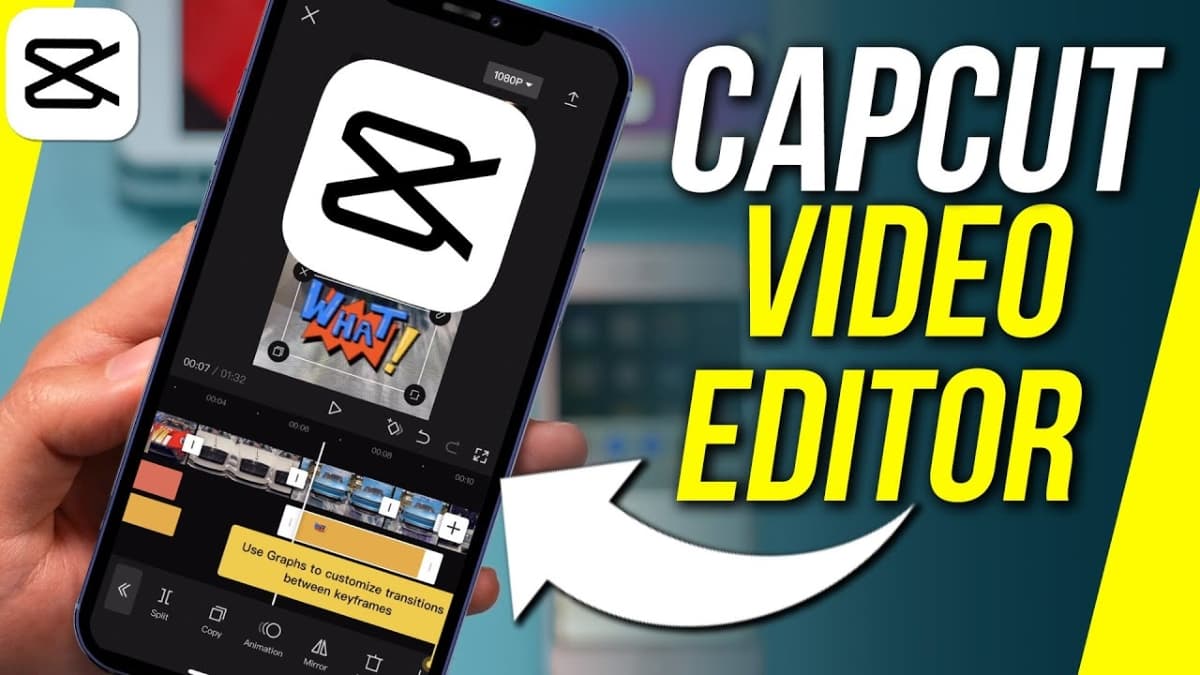After nearly a month of uncertainty, TikTok has officially returned to the Apple App Store and Google Play Store for iOS and Android devices in the United States. The restoration of the popular short-form video app marks a significant development in an ongoing legal and political battle that has captivated users, policymakers, and tech industry leaders alike.
Why Was TikTok Removed?
TikTok was pulled from app stores in January 2025 as part of efforts to comply with a U.S. law that sought to restrict apps owned by Chinese parent company ByteDance. The primary concern behind the ban was national security, with lawmakers arguing that TikTok’s data collection practices could pose a risk to U.S. users.
Despite these concerns, TikTok continued to operate for existing users who had already downloaded the app. However, new downloads and updates were blocked, leading to frustration among millions of users and creators who rely on the platform for entertainment, social interaction, and even income.
What Led to TikTok’s Return?
The turning point came when U.S. Attorney General Pam Bondi sent a letter to Apple and Google, reassuring them that they would not face legal consequences or fines for restoring TikTok to their app stores. Bloomberg was the first to report on this development, citing sources familiar with the matter.

President Donald Trump had previously signed an executive order on January 20th, 2025, instructing the Department of Justice not to enforce the TikTok ban for a period of 75 days. Despite this order, Apple and Google were hesitant to reinstate the app due to the potential risk of violating legal mandates and incurring billions of dollars in penalties.
With the recent assurance from Bondi, the two tech giants have now restored TikTok’s availability, allowing new users to download and existing users to receive updates once again.
How Will This Impact TikTok Users?
For TikTok users in the U.S., the app’s return brings relief and excitement. Here’s what it means:
-
New Downloads & Updates: Users can once again download TikTok from the App Store and Google Play, ensuring they have access to the latest features and security updates.
-
Continued Monetization for Creators: Many content creators rely on TikTok as a primary source of income through brand deals, livestream gifts, and TikTok’s Creator Fund. The reinstatement of the app ensures that they can continue their work without interruption.
-
Uncertainty Still Looms: While TikTok is back, its future in the U.S. remains uncertain. Political pressure continues, and ByteDance may still face challenges related to data privacy and regulatory compliance.
Political and Legal Implications
The return of TikTok doesn’t mark the end of the controversy surrounding the app. The U.S. government remains divided over how to handle concerns related to data security and foreign ownership.
Vice President JD Vance has reportedly been tasked with overseeing negotiations for a potential sale of TikTok to a U.S.-based company. This move aims to address concerns about foreign influence over American user data while allowing the app to continue its operations in the country.
Meanwhile, lawmakers continue to debate whether additional regulations should be imposed on social media platforms that collect vast amounts of user data. Given the growing emphasis on digital privacy, the TikTok saga could set a precedent for how similar cases are handled in the future.
TikTok’s Response
TikTok has maintained that it prioritizes user privacy and security, implementing measures such as:
-
Project Texas: A multi-billion-dollar initiative to store U.S. user data on domestic servers managed by Oracle.
-
Increased Transparency: TikTok has invited independent audits and third-party oversight to ensure compliance with U.S. regulations.
-
Enhanced Content Moderation: The platform has strengthened its policies against misinformation and harmful content to align with U.S. regulatory expectations.
A TikTok spokesperson stated, “We are pleased to be back in the app stores and remain committed to providing a safe, entertaining, and creative platform for our millions of users.”

What’s Next for TikTok?
Although TikTok is back for now, the platform’s long-term fate in the U.S. remains uncertain. Key questions moving forward include:
-
Will ByteDance be forced to sell TikTok’s U.S. operations? If the government deems ByteDance’s ownership a continued threat, a forced sale could be on the horizon.
-
How will lawmakers regulate social media and data privacy? With rising concerns over digital privacy, future legislation could impact TikTok and other social media platforms.
-
Will competitors capitalize on TikTok’s instability? Platforms like YouTube Shorts, Instagram Reels, and Snapchat Spotlight have been aggressively expanding their short-form video capabilities. Any further turbulence for TikTok could benefit these competitors.
TikTok’s reinstatement in the App Store and Google Play Store is a victory for its users and creators, but it doesn’t mean the platform is out of the woods just yet. The battle over digital privacy, foreign ownership, and government oversight will continue to shape the platform’s future in the U.S.
For now, TikTok enthusiasts can breathe a sigh of relief, open the app, and get back to scrolling, creating, and engaging with the content they love. But the next chapter in TikTok’s ongoing saga is still being written—and all eyes will be on what happens next.




-1709690303.jpg)